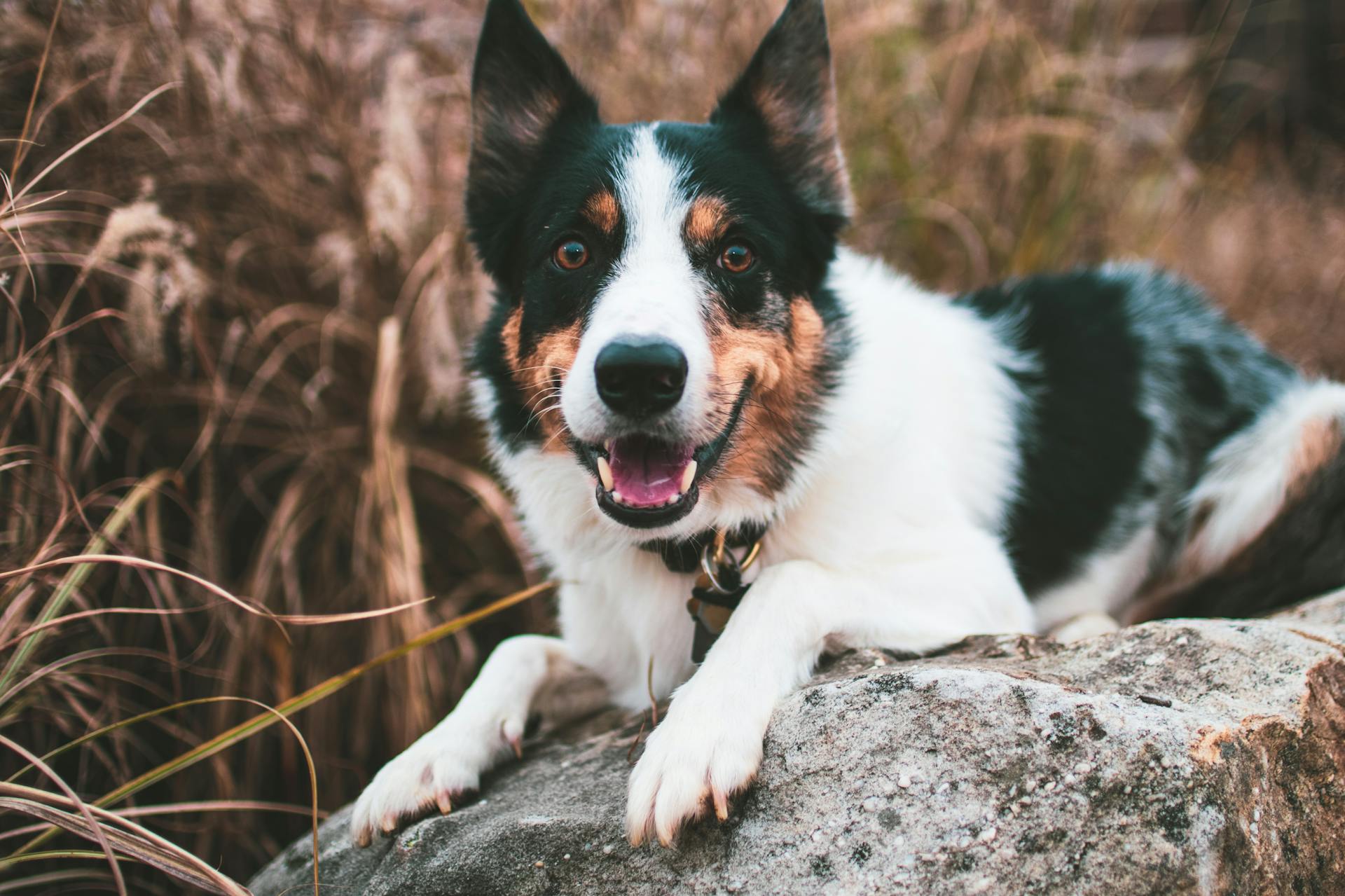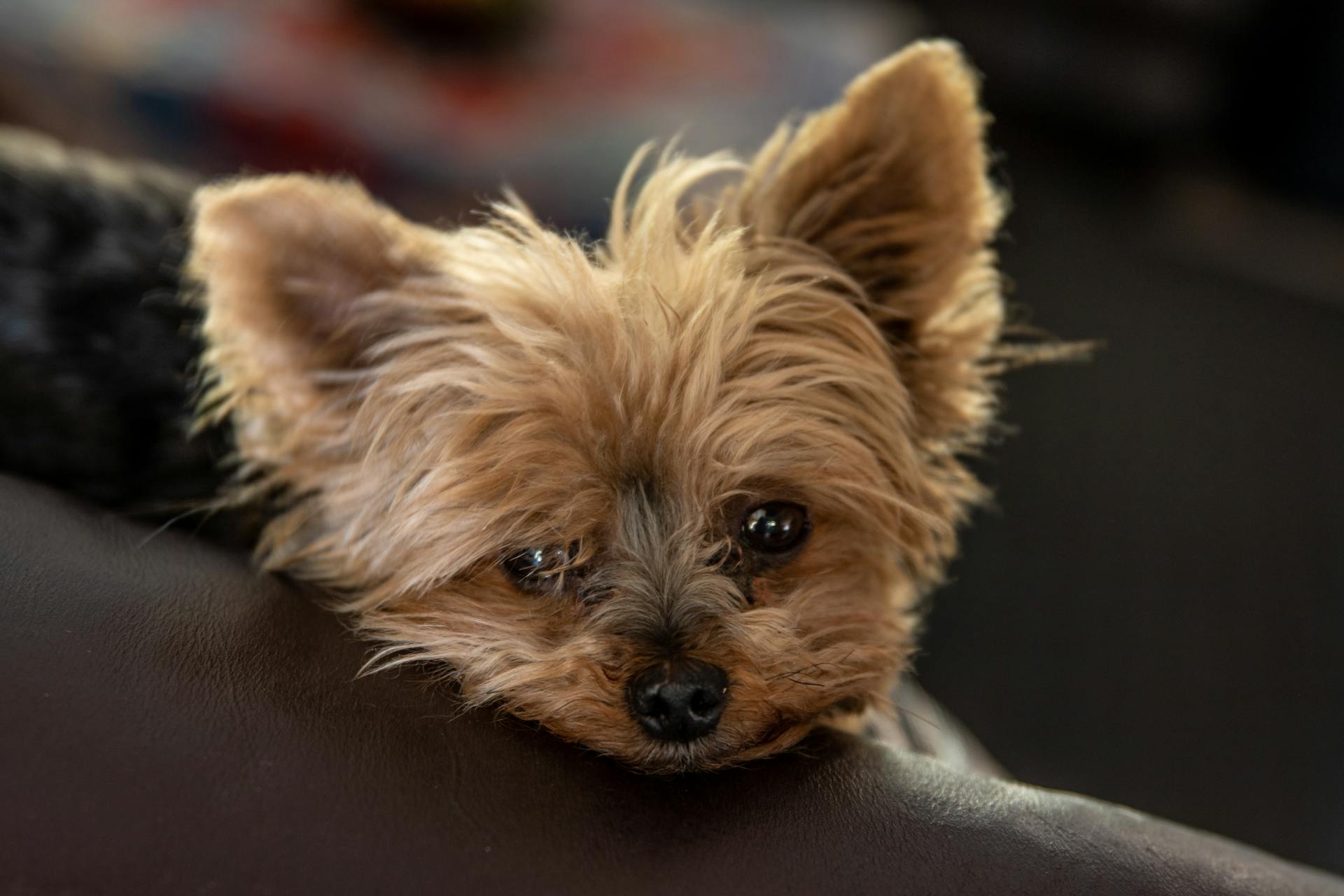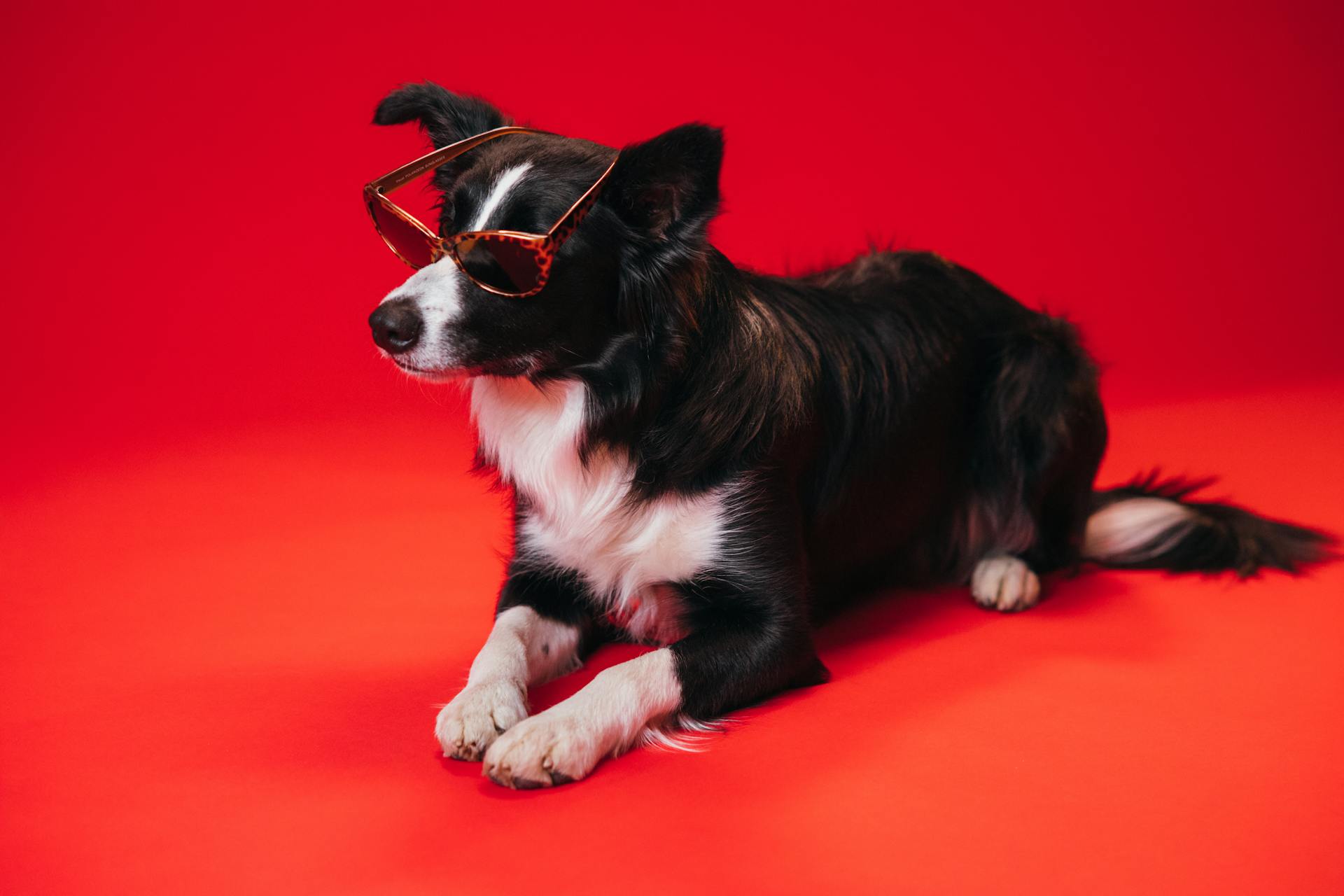
Border Collies have a rich history that dates back to the 18th century in the Anglo-Scottish border region. Their origins are deeply rooted in the rugged landscape and harsh climate of the area.
They were bred to herd sheep and other livestock, with their intelligence, agility, and strong work ethic making them an ideal breed for this task. The breed's name, "Collie", is derived from the Old English word "coll", which means "coal-black", a reference to the breed's original coloring.
Border Collies were highly valued for their ability to think independently and make quick decisions, skills that were essential for herding in the challenging terrain of the border region. This intelligence and problem-solving ability have made them a popular breed among farmers and herders for centuries.
History of Border Collies
The history of Border Collies is a fascinating story that dates back to the 16th century. Published in English in 1576, Caius mentions herding dogs who worked flawlessly in response to their owner’s voice and whistle, a working style seen in Border Collies.
These early herding dogs were the foundation of the breed we know today. The type of shepherd’s dog that became the modern-day Border Collie were most common in the areas surrounding the English/Scottish border, hence the breed name.
The Border Collie's ancestors were Scottish Collies, herding dogs and Shepherd’s dogs who worked flocks in the rugged Scottish landscape for centuries. James Hogg wrote in 1824 that without a shepherd’s dog, the open mountainous land in Scotland would not be worth sixpence.
Early collies in the Border Collie ancestry came in a variety of coat colors, including tri-color, red and white, and brown and white. The black and white coat we associate with Border Collies today is a relatively recent development.
Thomas Bewick of Northumbria published a book in 1790 that included a woodcut image of a shepherd’s dog that looked similar to both today’s Border Collie and the Rough Collie. However, the image is black and white, so it's impossible to tell the coat color.
The Breed's Origins
The breed's origins are fascinating, and it's no surprise that Border Collies are one of the most intelligent breeds around.
Dogs similar to today's Border Collies were working alongside farmers as far back as the first century B.C., with Roman invaders introducing dogs to the British Isles that were used to control and move livestock.
The breed's ancestors were a mix of Roman and smaller herding dogs, resulting in medium-sized dogs with longer fur that excelled at herding and were agile and athletic.
Old Hemp, a tri-color herding dog born in 1893, is considered the common ancestor of all modern-day Border Collies, and his impressive herding abilities and unique style set the standard for the breed.
His owner, Adam Telfer, was a farmer and shepherd who had owned and worked with herding dogs his whole life, and he was impressed by Old Hemp's natural aptitude and unique herding style.
Old Hemp is believed to have fathered as many as 200 puppies in his lifetime, and his name was added to the stud book of the International Sheep Dog Society, which was founded in 1906.
The breed's ancestors were known for their intelligence and ability to work flawlessly in response to their owner's voice and whistle, a trait that is still seen in Border Collies today.
The breed's name, Border Collie, comes from the fact that the type of shepherd's dog that became the modern-day Border Collie were most common in the areas surrounding the English/Scottish border, known as the Borderlands.
The breed's ancestors were a mix of Roman and smaller herding dogs, resulting in medium-sized dogs with longer fur that excelled at herding and were agile and athletic.
In the 19th century, sheep farmers in Scotland and England began to develop the breed further, selecting for dogs with the best herding abilities and intelligence.
The breed's ancestors were known for their ability to work in a variety of terrain and weather conditions, and they were highly valued by farmers and shepherds for their intelligence and loyalty.
Old Hemp's legacy lives on in the breed, with many modern-day Border Collies carrying his bloodlines and inheriting his impressive herding abilities and unique style.
A different take: English Bulldog Ancestry
Development and Recognition
The Border Collie's development and recognition story is fascinating. The breed standard in Australia was established in the 1940s and later adopted in the UK as an interim standard before being replaced by the UK Kennel Club's breed standard in the late 1970s.
The UK Kennel Club's breed standard was designed to incorporate the four "types" of ISDS dogs, with input from the International Sheep Dog Society. This standard was later used as the basis for the American Kennel Club's breed standard in 1995.
The American Kennel Club officially recognized the Border Collie in 1995, with the breed standard being based on the UK Kennel Club's standard.
A unique perspective: English and British Bulldog
Recognition
The Border Collie's path to recognition was a long time coming, but it was finally achieved in 1995 when the American Kennel Club officially recognized the breed.
The International Sheep Dog Society plays a crucial role in keeping breeding records for Border Collies worldwide, with their headquarters located in Bedford, England.
Their meticulous record-keeping efforts have been instrumental in the breed's development and recognition.
Recent Developments
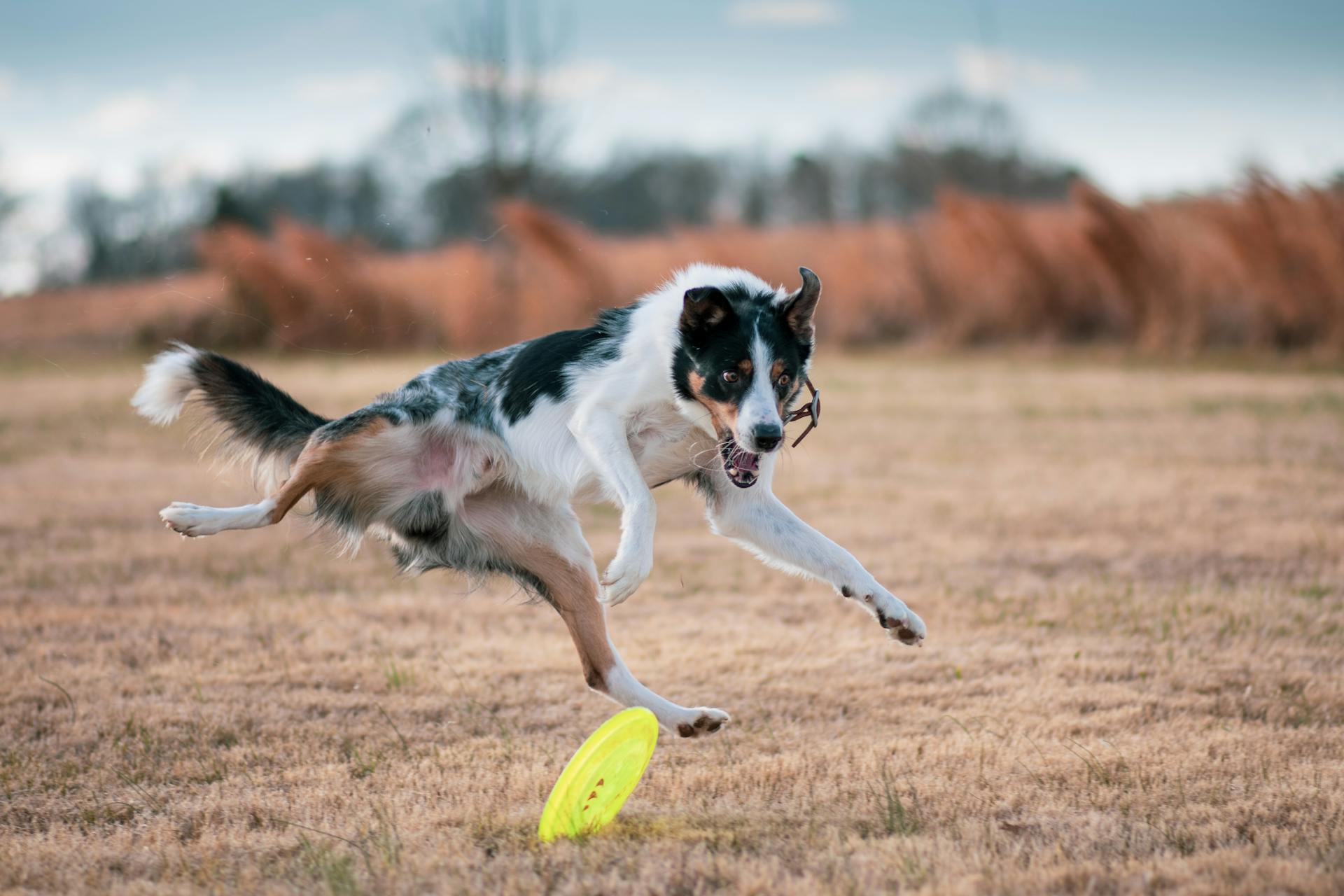
The Border Collie breed has undergone significant developments in its recognition and standardization. The Australian breed standard was used as an interim standard in the UK before being replaced by the UK Kennel Club (KC) breed standard developed in cooperation with the ISDS in the late 1970s.
The KC breed standard was designed to incorporate the four "types" of ISDS dogs described above with input from ISDS. This standard was a major milestone in the breed's development.
In 1976, the ISDS recognized the Border Collie, and the breed was subsequently registered with the KC. The ISDS stud book was made available to the KC, enabling Border Collie pedigrees to be registered with the KC.
The American Kennel Club (AKC) recognized the Border Collie in 1995, with the breed standard based on the KC standard from the UK. The AKC Border Collie parent club is the Border Collie Society of America (BCSA).
Broaden your view: American Kennel Club Lancashire Heeler
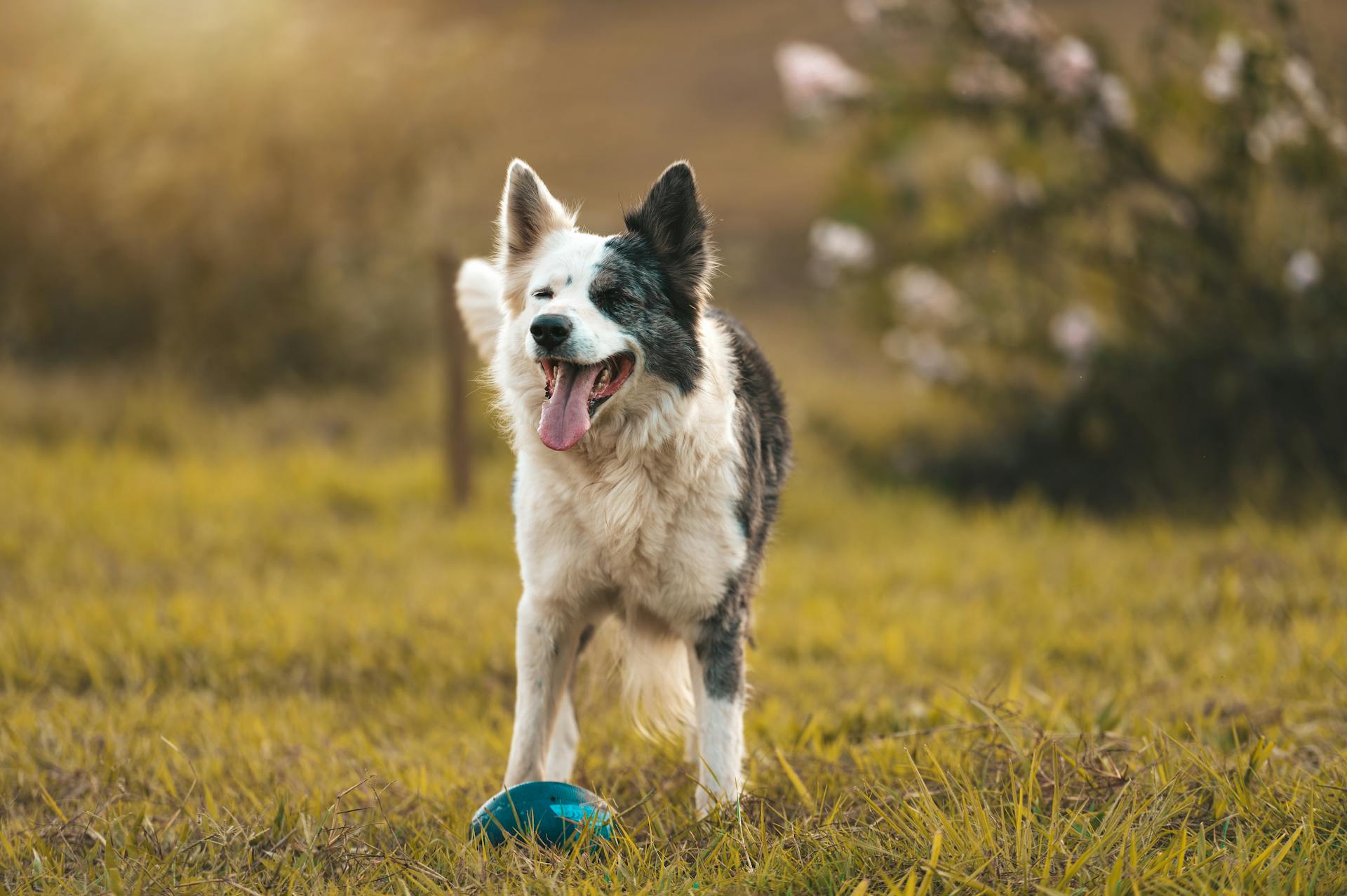
ISDS leadership was split regarding working with the KC when the KC recognized the breed in 1976. The ISDS and their US counterpart, the American Border Collie Association (ABCA), have expressed concerns about breeding for purposes other than improving herding ability.
Recognition of the Border Collie by AKC in 1995 was opposed by the ABCA, which has stated that any ABCA-registered dog will be automatically deregistered if it achieves an AKC conformation championship.
Today's
Today, Border Collies are one of the most popular breeds in the world.
They originated in the Anglo-Scottish border region, as their name suggests.
Their ancestors were likely the old-time sheepdogs of Scotland and England, which were highly valued for their intelligence and work ethic.
In the 19th century, these sheepdogs were crossed with other breeds to create the modern Border Collie.
Their high energy levels and strong herding instincts make them well-suited for active families and working on farms.
Border Collies are known for their intense focus and ability to learn quickly, which makes them highly trainable.
Frequently Asked Questions
What two dogs make a Border Collie?
A Border Collie is a mix of a Roman herding breed and a Viking Spitz-variety herding breed. This unique heritage combines the intelligence and herding instincts of two ancient breeds.
What two breeds make a Border Collie?
Border Collies are a mix of a Roman herding breed and a Viking Spitz-variety herding breed. This unique blend of ancestry contributes to their exceptional herding abilities and intelligence.
Featured Images: pexels.com

